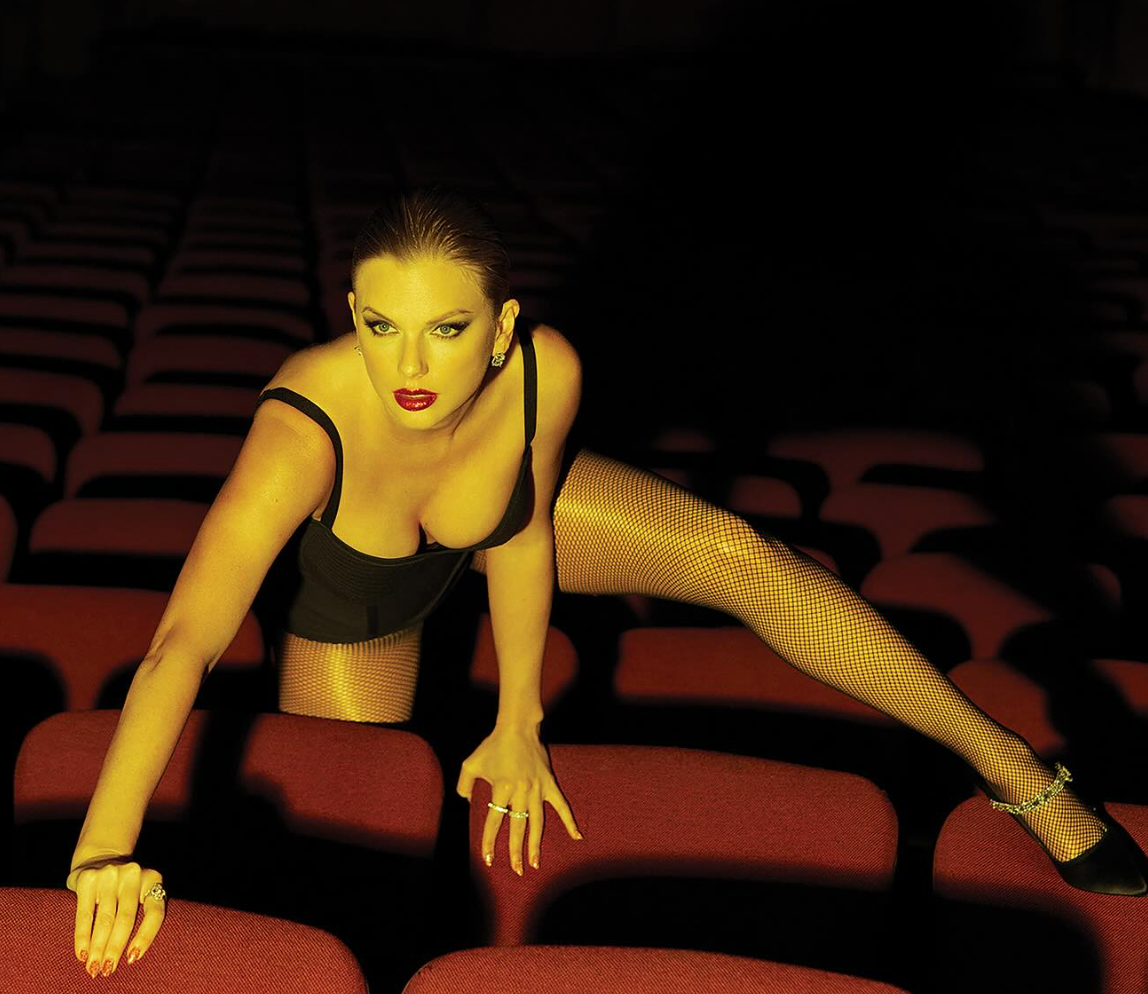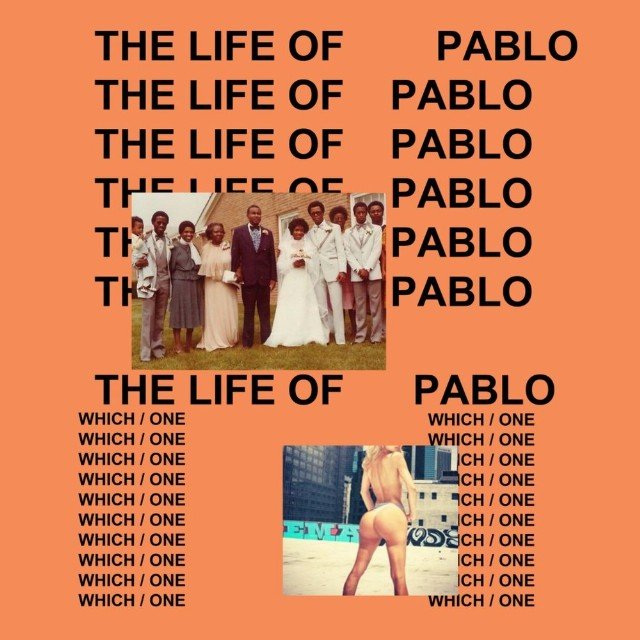
Star Wars: Return of the Jedi is a fascinating film. The Richard Marquand-directed culminating chapter of the original Star Wars trilogy is seen by many as an objectively weaker film than the two that preceded it. Harboring neither the breathless, fable-esque ingenuity of George Lucas’ first Star Wars film nor the subversive, thematically charged verve of Irvin Kershner’s The Empire Strikes Back, Return of the Jedi traverses far safer and more familiar terrain. But then again, is it really fair to hold any film up to such ludicrously high standards as those initial two films? I would argue that Return of the Jedi is a more-than-worthy final entry in the trilogy. It is a phenomenal film in its own right and serves as a wonderfully well-crafted finale to the overarching story of the trilogy, investing wholesale in the emotionality and gargantuan themes of Lucas’ saga—and being all the more effective and affecting because of it.
In many ways, Return of the Jedi and Paddington in Peru feel like kindred spirits. Like the Star Wars threequel, Paddington in Peru follows up two bona fide modern masterpieces in the form of Paul King’s Paddington and Paddington 2. And like Return of the Jedi, while Paddington in Peru may not reach the lofty high-water marks of the previous films, it is a trilogy-capper that is delightful, exquisitely made, and able to mine immense satisfaction and emotional payoffs within its own story and across the series as a whole. Paddington in Peru accomplishes the herculean feat of rounding out the Paddington series with aplomb, sticking the landing, and cementing the marmalade-loving bear’s legacy as one of the great cinematic trilogies of all time.
Heading into Paddington in Peru, I was extremely apprehensive for a number of reasons. I absolutely adore the first two films (the first one is an A, the second one is an A+ in my book), and I found Paul King’s writing and direction to be one of the most profound and essential elements of them. So when King left the project to make Wonka instead—as delightful as that decadently crafted musical delicacy was—I became worried about what a Paddington film would even look like without King behind the camera. Further exacerbating these concerns were other elements, such as the length of time that had passed between Paddington 2 and this film’s release (six whole years), the burgeoning storied legacy of the first two films in cinema-going circles, and the recasting of Sally Hawkins as Mrs. Brown.
All of these elements, along with the decision to call it Paddington in Peru rather than simply Paddington 3, made me a little anxious that the film would be less a conclusion to the prior two films and more of a soft reboot. And honestly, I had just about convinced myself that would be okay. Paddington and Paddington 2 are remarkable works that prove even more magnificent in tandem, with the second film essentially providing the perfect final note for that story to go out on. But to my surprise, Paddington in Peru goes all in on delivering a true-blue conclusion to the series, serving as the third act of the trilogy’s overarching story. It does this so well that all of those aforementioned concerns entirely melted away, and I was simply encompassed once more by a story and characters that I genuinely love.
Directed by Dougal Wilson, an award-winning short film and music video director making his feature debut here, Paddington in Peru’s overarching creative ethos is not so much to rock the boat of the palette, visual vernacular, or tone set by the previous films but rather to meet it on its own highly imaginative frequency and riff alongside it. To this end, Wilson’s direction is remarkably accomplished, encompassing the kind of cinema-of-attraction kineticism that King was able to so wholeheartedly root the prior two films in. It certainly helps that cinematographer Erik Wilson has carried over from King’s films, bringing the established sense of scale, love of symmetrical framing, and silent film-indebted humor to the camerawork throughout the film.
The story is an unexpected but wondrous addition to the Paddington series, centering around the titular bear and his family venturing back to his native homeland of Peru to help solve a mystery. Paddington in Peru is The African Queen meets Steamboat Bill, Jr. meets Raiders of the Lost Ark, and it is every bit as wonderful as that sounds.
While the story was conceived by Paul King and several other contributors, the actual writing of the script is credited to Mark Burton, Jon Foster, and James Lamont, all of whom should be applauded for their work. Most notable of all is how the scripting here shakes up some of the foundational groundwork of the series. While many of the hallmarks of the prior films remain and are even deftly repackaged into applause-inciting moments of catharsis or payoff, Paddington in Peru’s handling of Paddington as a character within the larger structure of the film introduces notable points of difference. In the first two films, Paddington is a central character without an arc. Rather than changing over the course of the film as nearly every protagonist in every other film does, King had Paddington remain the same—an all-powerful inspiring force for good—while those around him changed because of him. While this structure has been utilized in other films (Back to the Future and WALL-E are two notably successful examples), rarely has it been put to more palpably effective use than in King’s two Paddington films. Because of this, Paddington in Peru’s choice to give Paddington a full-blown character arc, forcing the bear to question his very heritage and identity along the journey, is not only a point of variation but a way to build upon the groundwork of the earlier films with startling clarity. Paddington’s journey of self-discovery in this film is all the more affecting and impactful precisely because of how steadfastly committed he has been to goodness and integrity before.
Speaking of, not enough praise can be heaped on the visual effects team or the vocal talent behind Paddington himself, Ben Whishaw. The synchrony that the digital animation and Whishaw’s performance achieve throughout the film (and the trilogy at large) is genuinely uncanny, superseding all of the formal elements and technical craft to simply become a living, breathing, endlessly endearing character. There is perhaps no better testament to Paddington’s magnetically charismatic pull than the two adults leaving my screening who, when asked by pollsters what they thought of the film, said simply, “I love his movies,” referring to the bear himself.
Elsewhere, the film’s cast is filled with remarkable talents having contagious amounts of fun, chewing scenery, and delivering roundly fantastic performances. Returning actors such as Hugh Bonneville as Mr. Brown and Julie Walters as Mrs. Bird are wonderfully attuned to the hyper-stylized timing and delivery style associated with these films, while new additions such as Olivia Colman, Hayley Atwell, and Antonio Banderas sink their teeth into their respective roles with such reckless abandon that they are insatiable delights. Somewhat hysterically, Banderas gives a far better Indiana Jones-style performance here than in the five minutes of screen time he was actually afforded in the Indiana Jones movie he appeared in.
In the end, Paddington in Peru is sprawling yet concise, with Wilson and co. hewing closely to the meticulous and deliberate craftsmanship of King’s original films. But while King’s films built to unbelievably satisfying third acts filled with exuberant payoffs in quick succession, Paddington in Peru manages to do this for its own individual story while also packing the added emotional wallop of concluding the franchise as a whole. Though the film ensures that any viewer can access its narrative and themes unobtrusively, those who have followed the bear’s adventures from the first film onward will feel unanimously well-rewarded. It is the kind of trilogy-capping final installment that fills one with such awe and reverence—not just for this film but for the series as a whole—that it made me want to instantly watch all three films all over again.
RGM GRADE
(B+)
Paddington in Peru is a bang-up fantastic third installment in the storied trilogy that somehow manages to circumvent all of the potential pitfalls one might anticipate and deliver something so earnest, so sincere, and so deeply delightful that it just simply works wonders. Like Return of the Jedi before it, Paddington in Peru is a threequel that embraces pathos-laden storytelling and rounds things out so well that it cements the legacy of the trilogy as a whole in the process.
Discover more from RATINGS GAME MUSIC
Subscribe to get the latest posts sent to your email.










